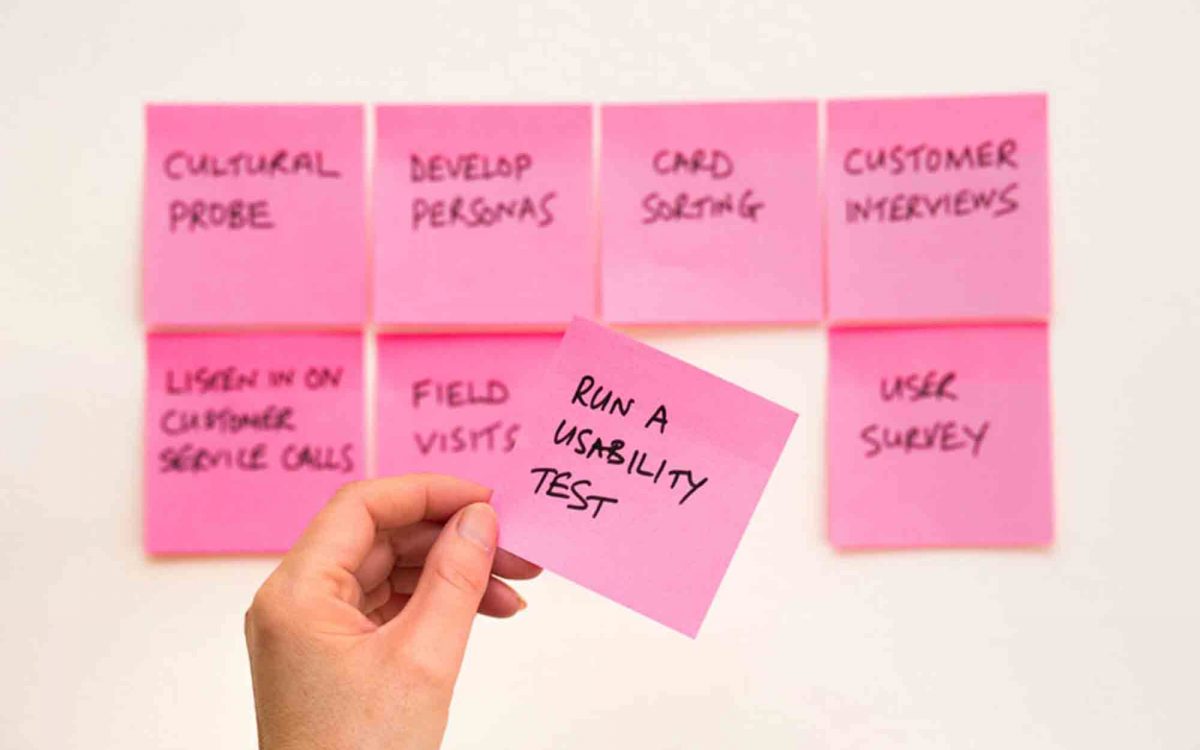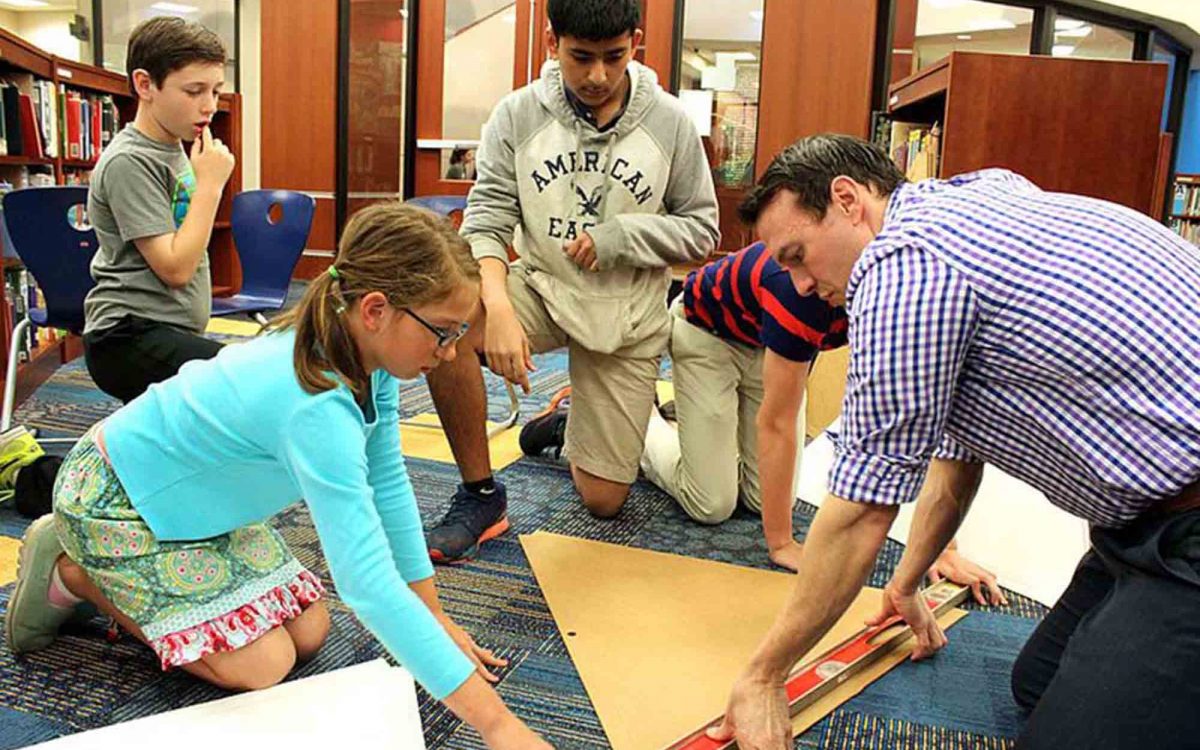
Our goal
People are strange. The way they interact with our application is often unbelievable to us. In reality, much of use that's seemingly random behavior is actually very predictable when we understand how people think. Once you're familiar with these thought processes, you can build software that appeals better to your users.
We look at some of the limitations our brains and senses have, and show you how you can use software to help remove those limitations rather than reminding people about them. We will show you how people bring stuff they have learned from the physical world into their interactions with your application. How you can make use of this to help them understand how your application works.
We provide workflow concepts that will help you move people between the tasks they need to perform, and we'll talk about the importance of telling a good consistent story so that people can follow along.
We will also provide design tweaks that delight people and make them come back to your application time and time again.
We look at some of the limitations our brains and senses have, and show you how you can use software to help remove those limitations rather than reminding people about them. We will show you how people bring stuff they have learned from the physical world into their interactions with your application. How you can make use of this to help them understand how your application works.
We provide workflow concepts that will help you move people between the tasks they need to perform, and we'll talk about the importance of telling a good consistent story so that people can follow along.
We will also provide design tweaks that delight people and make them come back to your application time and time again.




